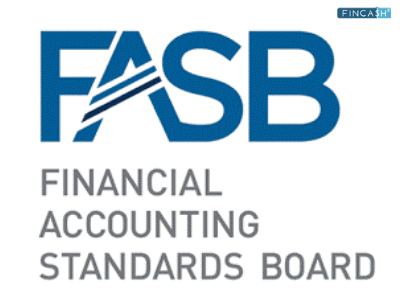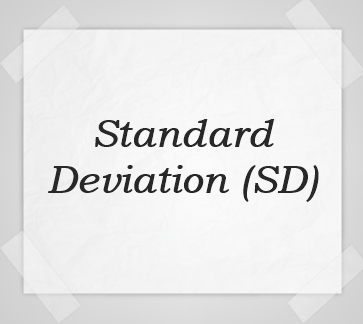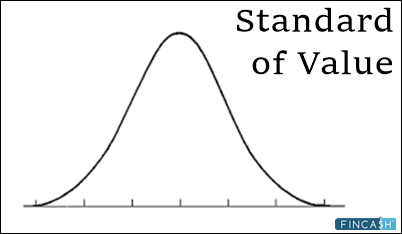
Table of Contents
Accounting Standards
Meaning of Accounting Standards
Accounting standards are the written policy documents that the expert accounting body, the government or any other regulatory body issues to cover the factors of recognition, treatment, measurement, presentation as well as disclosure of accounting transactions in the financial statement.
Knowing Accounting Standards
Accounting standards are related to every aspect of a company’s finances, like shareholders’ equity, expenses, revenue, liabilities, and assets.

Some of the precise examples of accounting standard comprise asset classification, revenue recognition, Depreciation allowable methods, Lease classifications, and outstanding share measurement.
Classification of Enterprises
Basically, enterprises are classified in different levels and labelled as Level I, Level II, and Level III companies. On this Basis of this classification and category, accounting standards are applicable to companies.
Level I Companies
Companies that have debt or equity securities listed either in India or abroad
Companies that are in the process of listing their debt or equity securities and have a board of directors’ resolution as an evidence
Banks including the co-operative banks
Financial institutions
Enterprises that execute insurance business
All industrial, commercial and business reporting companies that have a turnover that doesn’t include ‘other Income’ for the instant preceding accounting period dependent on audited financial statements more than Rs. 50 crores
All industrial, commercial and business reporting companies that have borrowings including public deposits more than Rs. 10 crores any time during a specific accounting period
Subsidiary and holding company of anything above any time during a specific accounting period
Talk to our investment specialist
Level II Companies
All industrial, commercial and business reporting companies that have a turnover (excluding ‘other income’) for the instant preceding accounting period on audited financial statements that is more than Rs. 40 lakhs but less than Rs. 50 crores
All industrial, commercial and business reporting companies that have borrowings like public deposits and more of more than Rs. 1 crore but less than Rs. 10 crores at a time during a specific accounting period
Subsidiary and holding companies of anyone above at a time during a specific accounting period
Level III Companies
The companies that have been labelled as level III are the ones that don’t get covered under Level I and Level II of enterprises.
All efforts have been made to ensure the information provided here is accurate. However, no guarantees are made regarding correctness of data. Please verify with scheme information document before making any investment.












